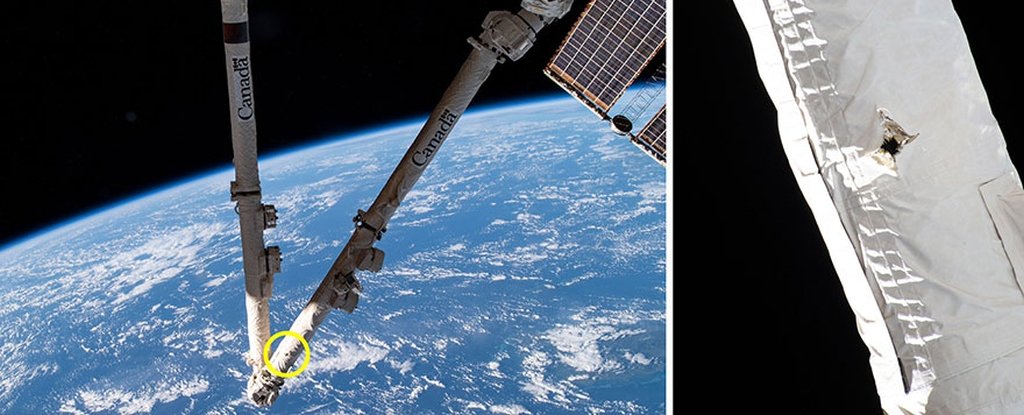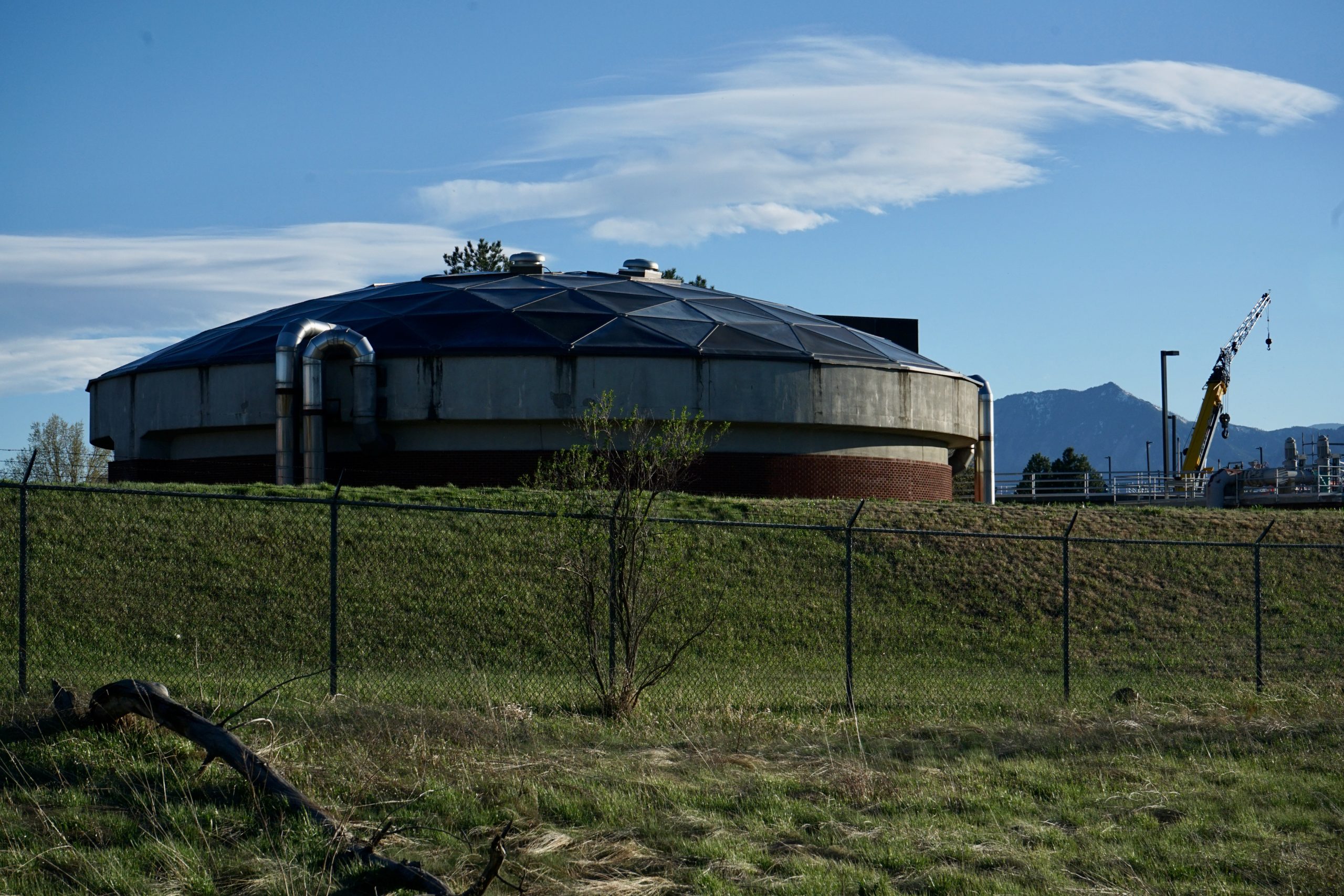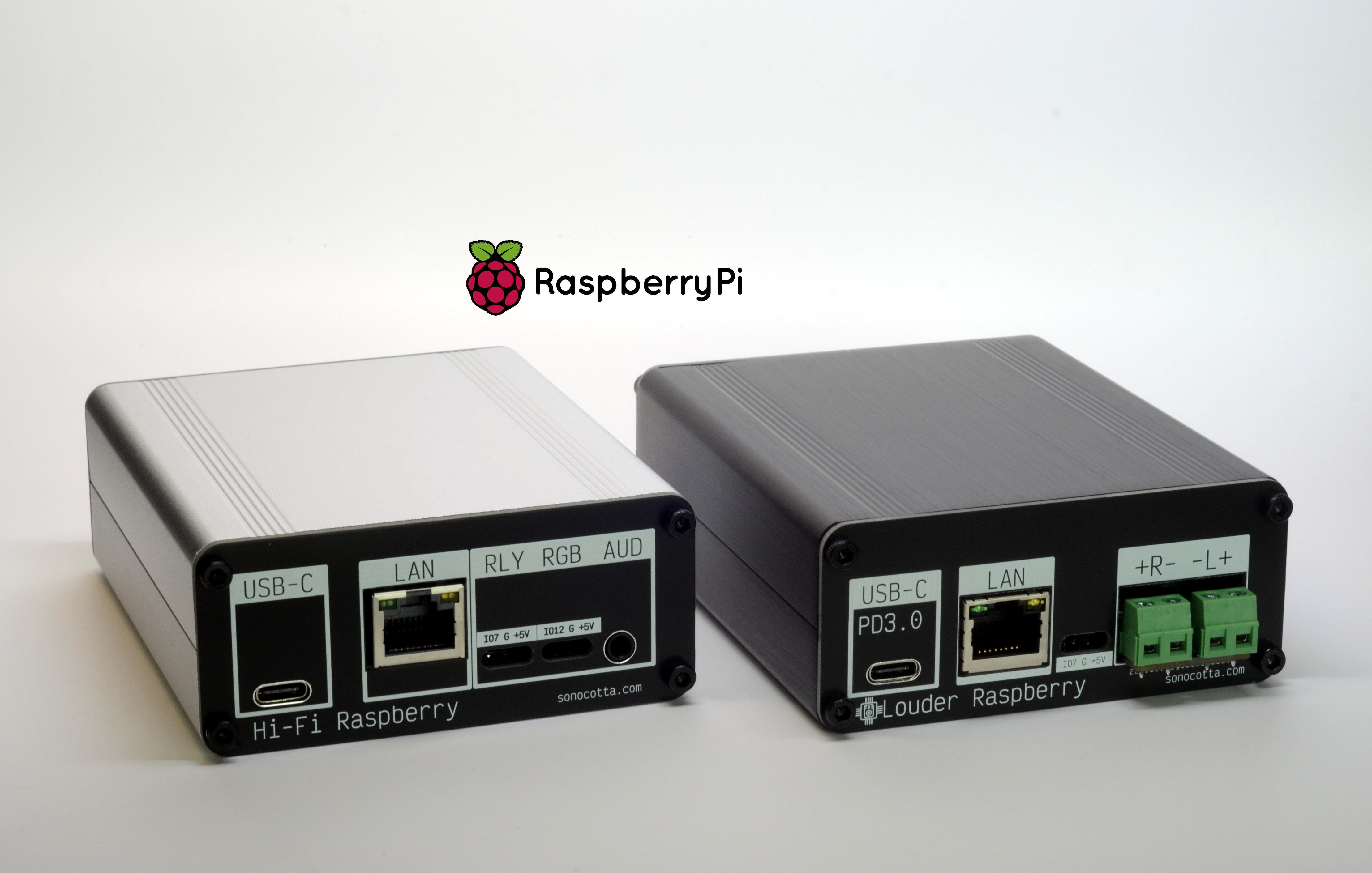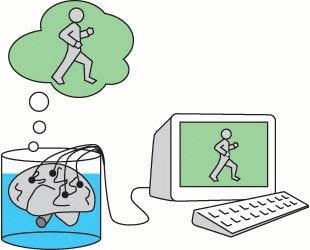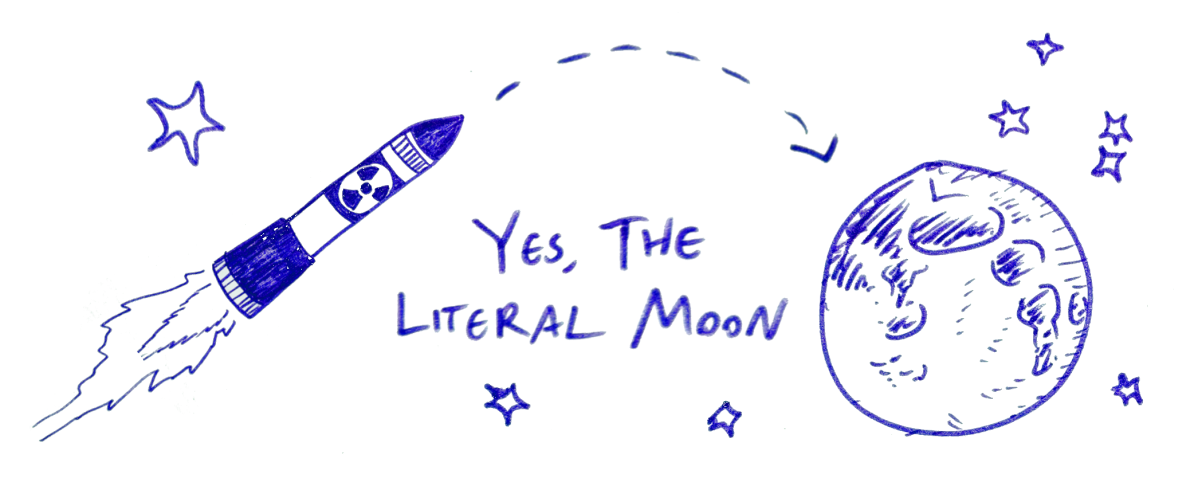
Bomb pulse - Wikipedia
The bomb pulse is the sudden increase of carbon-14 (14C) in the Earth's atmosphere due to the hundreds of aboveground nuclear bombs tests that started in 1945 and intensified after 1950 until 1963, when the Limited Test Ban Treaty was signed by the United States, the Soviet Union and the United Kingdom.[1] These hundreds of blasts were followed by a doubling of the relative concentration of 14C in the atmosphere.[2] We discuss “relative concentration”, because measurements of 14C levels by mass spectrometers are most accurately made by comparison to another carbon isotope, often the common isotope 12C. Isotope abundance ratios are not only more easily measured, they are what 14C carbon daters want, since it is the fraction of carbon in a sample that is 14C, not the absolute concentration, that is of interest in dating measurements. The figure shows how the fraction of carbon in the atmosphere that is 14C, of order only a part per trillion, has changed over the past several decades following the bomb tests. Because 12C concentration has increased by about 30% over the past fifty years, the fact that “pMC”, measuring the isotope ratio, has returned (almost) to its 1955 value, means that 14C concentration in the atmosphere remains some 30% higher than it once was. Carbon-14, the radioisotope of carbon, is naturally developed in trace amounts in the atmosphere and it can be detected in all living organisms. Carbon of all types is continually used to form the molecules of the cells of organisms. Doubling of the concentration of 14C in the atmosphere is reflected in the tissues and cells of all organisms that lived around the period of nuclear testing. This property has many applications in the fields of biology and forensics.
The radioisotope carbon-14 is constantly formed from nitrogen-14 (14N) in the higher atmosphere by incoming cosmic rays which generate neutrons. These neutrons collide with 14N to produce 14C which then combines with oxygen to form 14CO2. This radioactive CO2 spreads through the lower atmosphere and the oceans where it is absorbed by the plants and the animals that eat the plants. The radioisotope 14C thus becomes part of the biosphere so that all living organisms contain a certain amount of 14C. Nuclear testing caused a rapid increase in atmospheric 14C (see figure), since the explosion of an atomic bomb also creates neutrons which collide again with 14N and produce 14C. Since the ban on nuclear testing in 1963, atmospheric 14C relative concentration is slowly decreasing at a pace of 4% annually. This continuous decrease permits scientists to determine among others the age of deceased people and allows them to study cell activity in tissues. By measuring the amount of 14C in a population of cells and comparing that to the amount of 14C in the atmosphere during or after the bomb pulse, scientists can estimate when the cells were created and how often they've turned over since then.[2]
Leave a Comment
Related Posts





